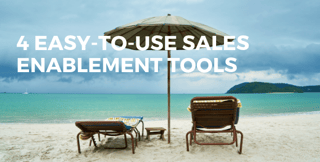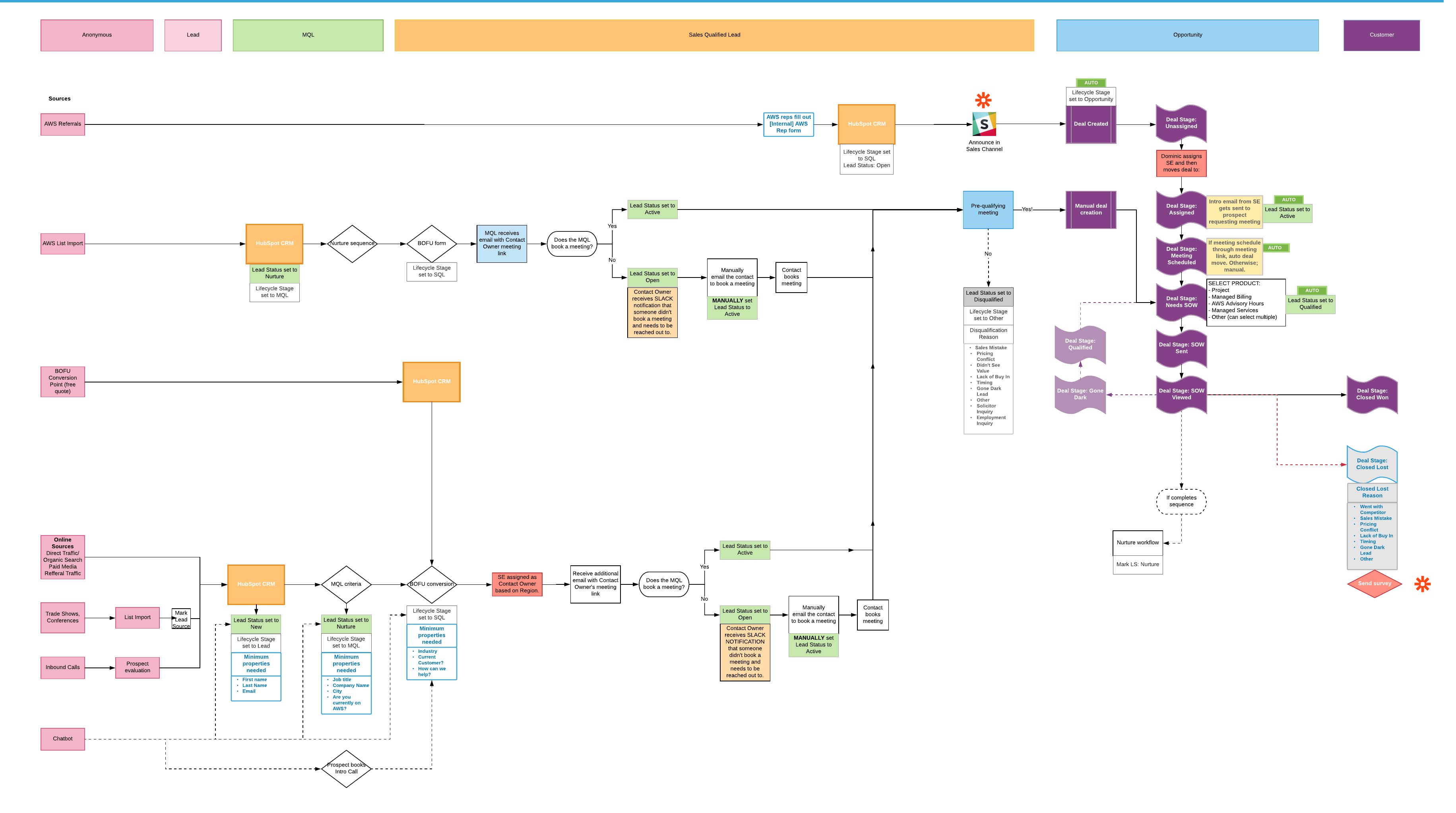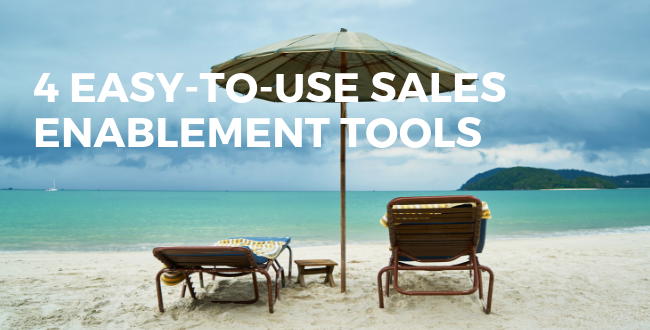
It seems like every sales blog and article on the internet touts "sales enablement." It hasn't stopped. It won't stop.
And we get it. You know "sales enablement" is something you're supposed to do, you hear about it enough. Do a quick Google search, and you'll find hundreds of articles explaining why it's important and even more ways on how to execute on it.
But you know what those article authors often forget?
Sales enablement is freaking hard. And time-consuming. The last thing a sales team needs is more complicated processes, tools, and training, so how can you start enabling sales in a quick(ish) way that all sales reps can catch onto?
You start small with easy-to-use tools that can get off the ground quickly and effectively.
Here are 4 of the best sales enablement tools your team can start using this week, what they're used for, and how to get started. And rest assured; we're not getting paid to promote any of these—we just truly like them.
The Quick list:
- Diagramming tools:
- Sales Playbook tools
- Email Templates
- Chatbots:
LucidChart
What it is
Simply put, LucidChart is the ultimate diagramming tool. Watch this 1-minute video to get an idea of what the interface looks like (it's worth your while).
How you can use it
One of the biggest pain points we hear from both sales and marketing teams is that there are too many moving parts to keep track of.
It's one thing if you're using both the HubSpot CMS and CRM to keep track of leads. It's another thing if you're using HubSpot, Zapier, Proposify, Quickbooks, Slack, and have an array of third-party integrations in your tech arsenal.
But with all those tools comes a million pieces to this puzzle that are put together in the ~*mysterious*~ and ~*mystical*~ "back-end."
No more mystery. Use Lucidchart to visually create a "map" of your existing system and all its moving parts. We build them all the time here for our sales enablement projects, called them "Architecture Maps." There's no right or wrong way to do them either—the important thing is that they tell a story.
Check out these examples of ones we have done, and see how different they can be:
For HubSpot, Zapier, and Proposify
For HubSpot and Salesforce
For General HubSpot use
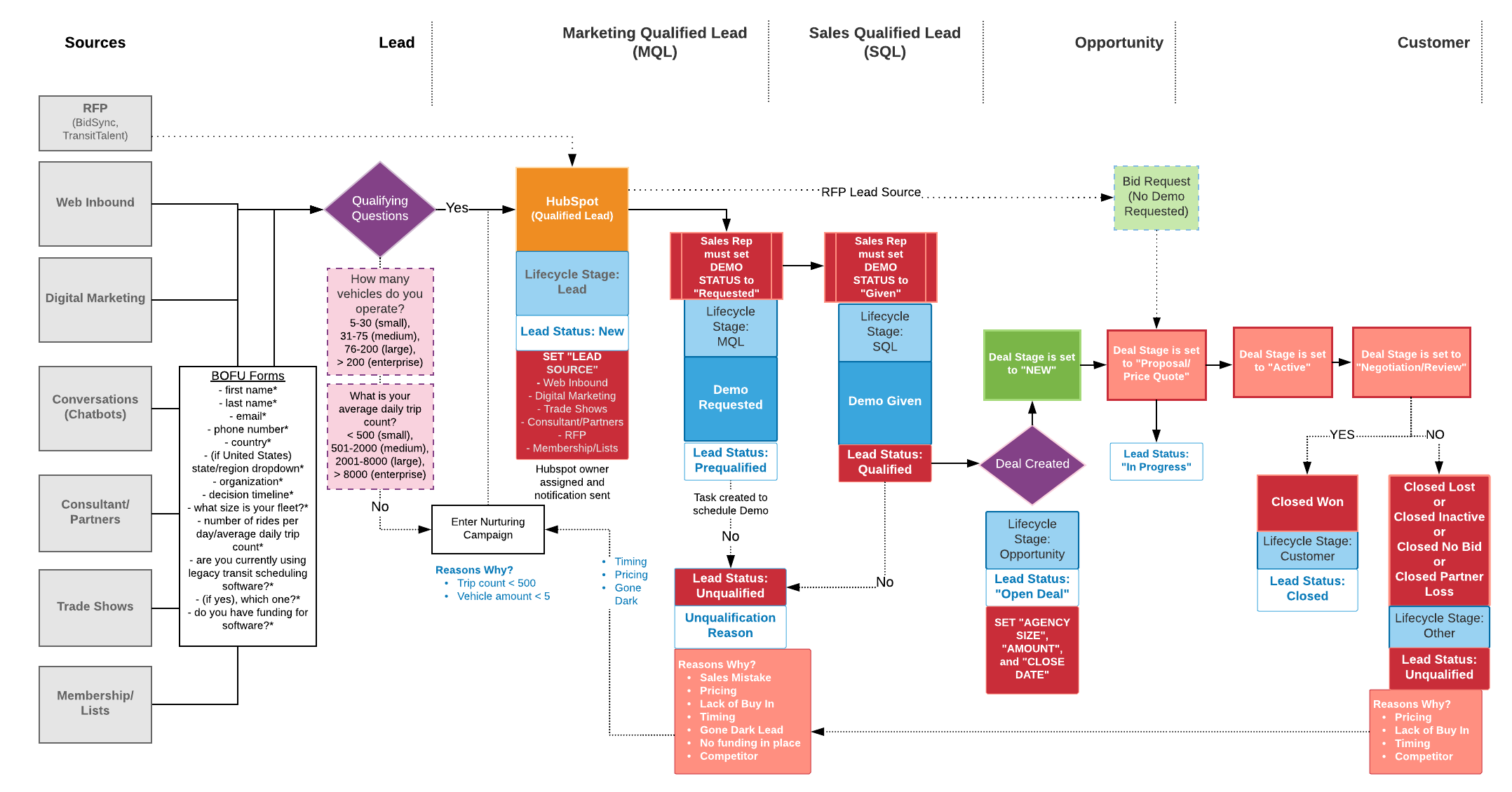
How to get started
Like many saas software, LucidChart does offer a 7-day free trial, which I recommend trying. In those 7 days, you may even be able to diagram your entire system, though part of the benefit is being able to go back in and easily revise as needed.
We use the Pro single user subscription and share it among our team, and there hasn't been any issue with that thus far.
Similar alternatives
- Draw.io - free
- Microsoft Visio - starting at $5/user/month
- Sketch - $99/year
Costello
What it is
Costello is a shared database for playbooks, customer stories, pricing sheets, voicemail scripts, templates, etc. It's a real-time platform that sales teams can use that helps individuals consistently have great conversations with buyers.
Reps often turn to tools like Costello to have their resources at the ready in their sales tool belt. Sales conversations can go in several different directions at any given moment, which is why it's important to be able to pull up any piece of content at a moment's notice. No more awkward moments like, "Hold on, lemme look for the ___, just a moment............... Ah, here it is."
How you can use it
If you have all these pieces sorted, ready for the using, it makes it easier for new sales team members to get up to speed. You can standardize some of your best and most effective processes, so that everyone can do great work—not limiting yourself to just your rockstars.
Many teams who use tools like Costello find improvements in sales calls with the use of flexible sales scripts. Sales scripts can be a very, very powerful thing. We still need to tread carefully, though—nothing is more disingenuous than a salesperson who's clearly reading off a stale script. This is not mindless assembly line work. But having a sales script can enable your team to be not only wildly prepared and helpful, but even more authentic.
How to get started
Enlist your best talent. Ask them about their favorite and most frequently-used sales collateral, how they use it, how effective it is and why.
The key after gathering everything is how your store it. Establish a naming convention and train your sales team on how to find it (storing everything in one big, messy folder won't help anyone).
Similar alternatives
- Outreach - custom pricing for each team.
- HubSpot Sales Enterprise - is included with your HubSpot Sales Enterprise licensing
HubSpot Email Templates
What it is
When referring to "email templates," we aren't referring to the templates aren't necessarily those designed/formatted email templates that are often used for marketing campaigns.
Email templates from the sales side are a much simpler-yet-powerful tool. But all they are—essentially— pre-written emails. But don't knock 'em just yet. Many sales reps I work with love the email templates tool and it has proven to be one of the best sales enablement tools that saves time.
How you can use it
Once you've been in sales for a while, you'll find how often you send (more or less) the same email over and over again.
Holla if you've ever searched through your email outbox to look for an old email you sent, just so you could copy and paste it into another.

Not only is that nothing to be ashamed of, it can also be a HUGE time-saver... unless you're spending too much time looking for them. Or worse, you're spending too much time just writing the same email from scratch.
If you have the HubSpot plug-in, you can access email templates without having to go into HubSpot. You can access your library in just one click away inside your inbox, whether you use Outlook or Office 365 for Windows, or Gmail.
You can save hours when you send your most repetitive emails in mere seconds.
How to get started
HubSpot gives free users 5 email templates that can work with Gmail, G Suite, and Outlook or Office 365 for Windows. We like HubSpot because we can see real-time metrics to see which templates are performing, and which ones need attention.
And if you have templates that really resonate, you can share them with your entire sales team to use.
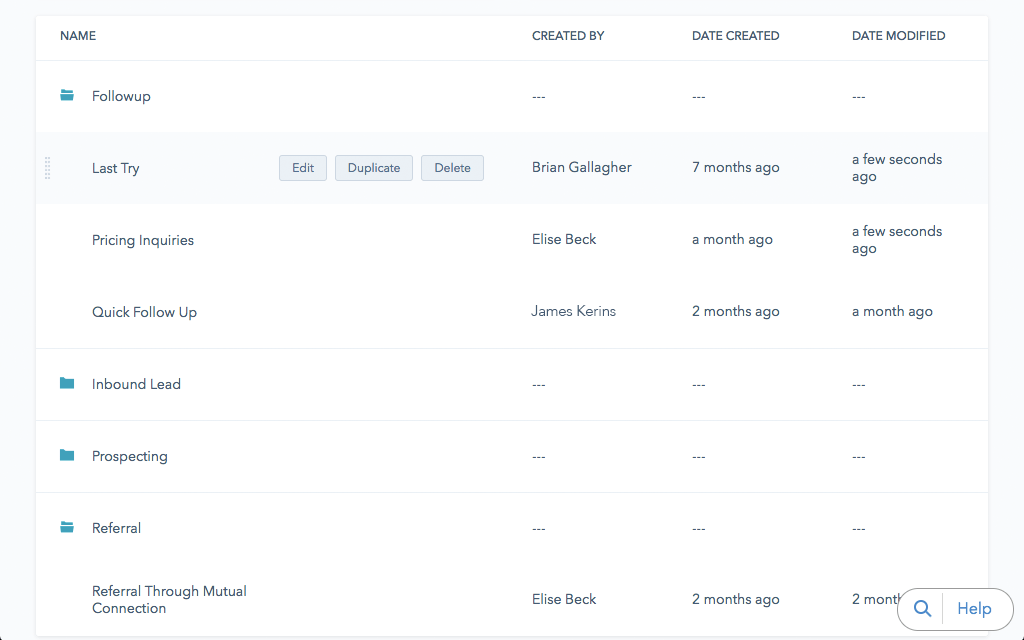
Here are a few email template examples you can use to get started.
Similar alternatives
Chatbots
What it is: really not difficult after the setup is done—promise.
A lot of companies are intimidated by chatbots. There seems to be this misconception that websites with chat require someone to be readytohoponanymomentomghurryhurry.
Thankfully, that's not the case. 69% of consumers prefer chatbots for quick communication—keyword is bot. That's right—many consumers would prefer to avoid talking to a human if there is an option to talk to a nonjudgmental AI bot.
Once setup is done, your team can let your chatbot run and do its thang in the background, and can even help your team save some time.
If you're a free HubSpot CRM user, you get access to the chatbot, no coding required.
How you can use it
The sky's the limit for your chatbot. Our favorite uses for sales is lead prospecting and booking meetings automatically. Notice that I didn't mention anything about live chat. Because who has time for that.
Salespeople are busy, so the last thing we want is to waste our time talking to prospects who were never even qualified for a conversation. Use your chatbot to pre-qualify your leads before ever giving them a meeting link to your calendar.
How to get started
If you're just getting started, start by setting up basic lead qualifiers. Have your chatbot ask for the following:
- Name
- Key qualifying question #1 with drop-down select options.
Based on your questions, you'll need to set some if/then criteria to ask some follow-ups. Just remember to keep it simple. If you ask too many questions or questions that are too difficult to answer, you may seem people "fall off" the chat and never finish your qualifying questions.
Similar alternatives
- TARS - Professional starts at $99/month, with 14-day free trial
- Botsify - starts with a free plan
- Flow XO - starts with a free plan
Takeaway
Adding new processes and tools can be really intimidating. Especially if you're a salesperson who already feels like they wear a dozen hats and gets pulled in multiple directions, learning new tools sounds like a daunting task.
But it doesn't have to be time-consuming. New tech is being developed every day and it's getting more user-friendly and intuitive with each passing week. So whether you've been in sales for 20 years or 2 years, we encourage you to embrace tech and embrace these sales enablement tools. Because at the end of the day, their purpose is to make your job easier. But you need to start.
